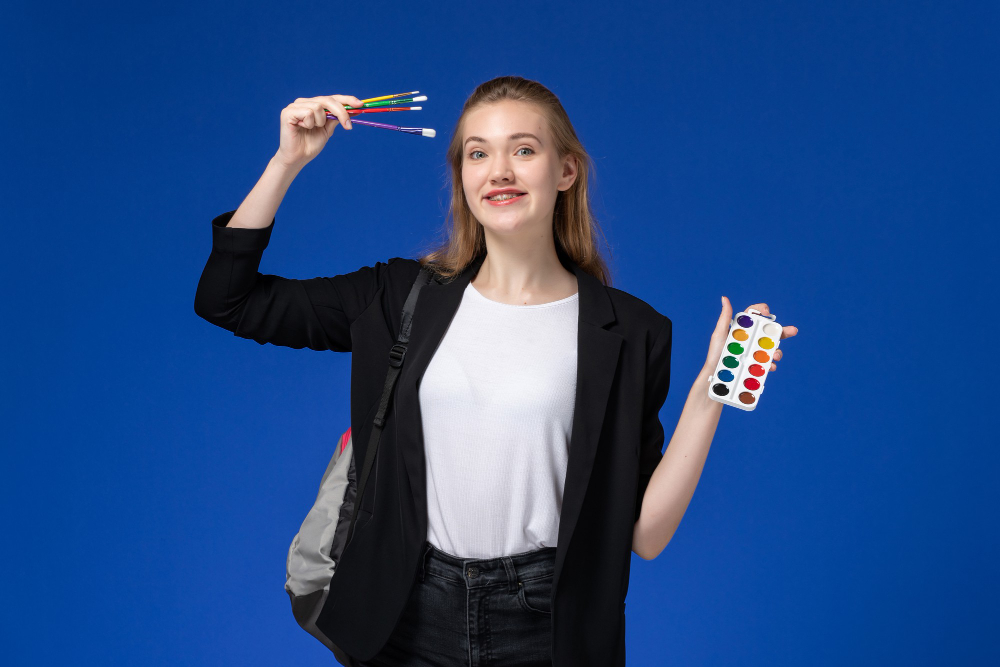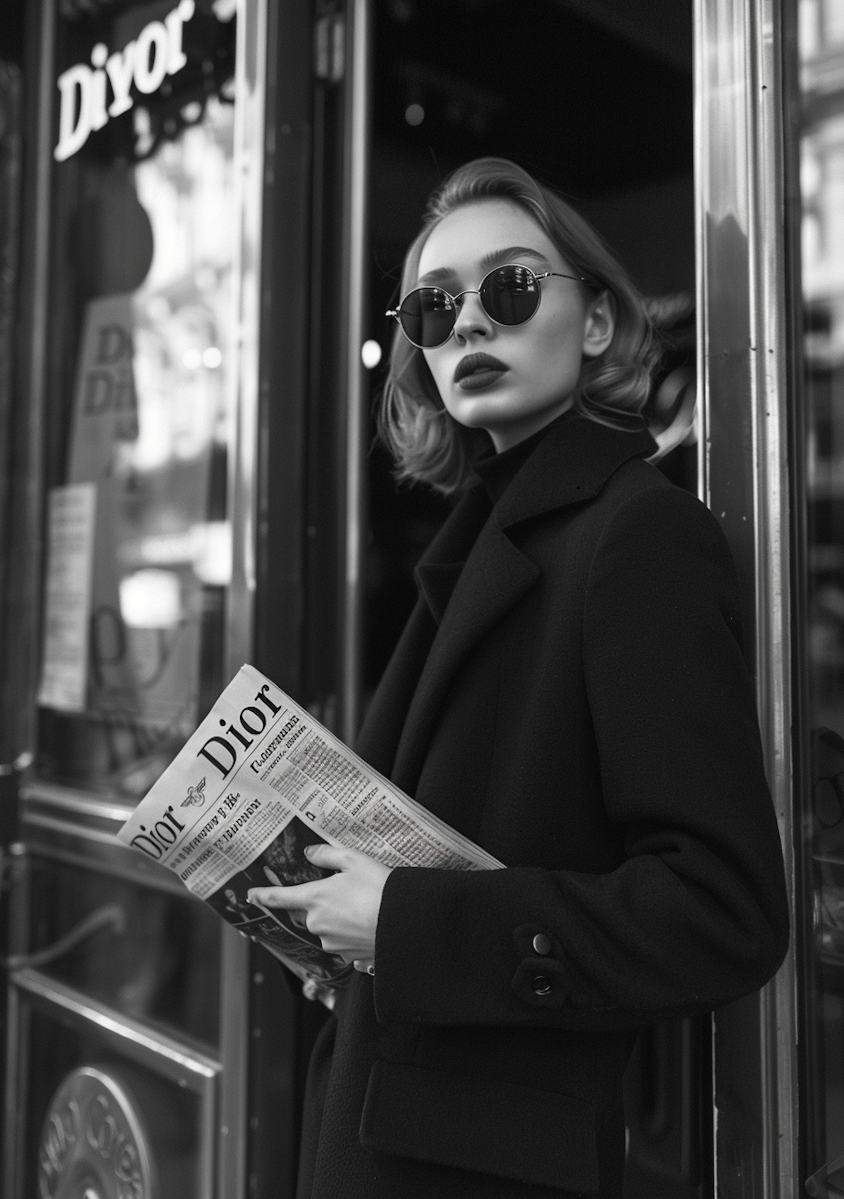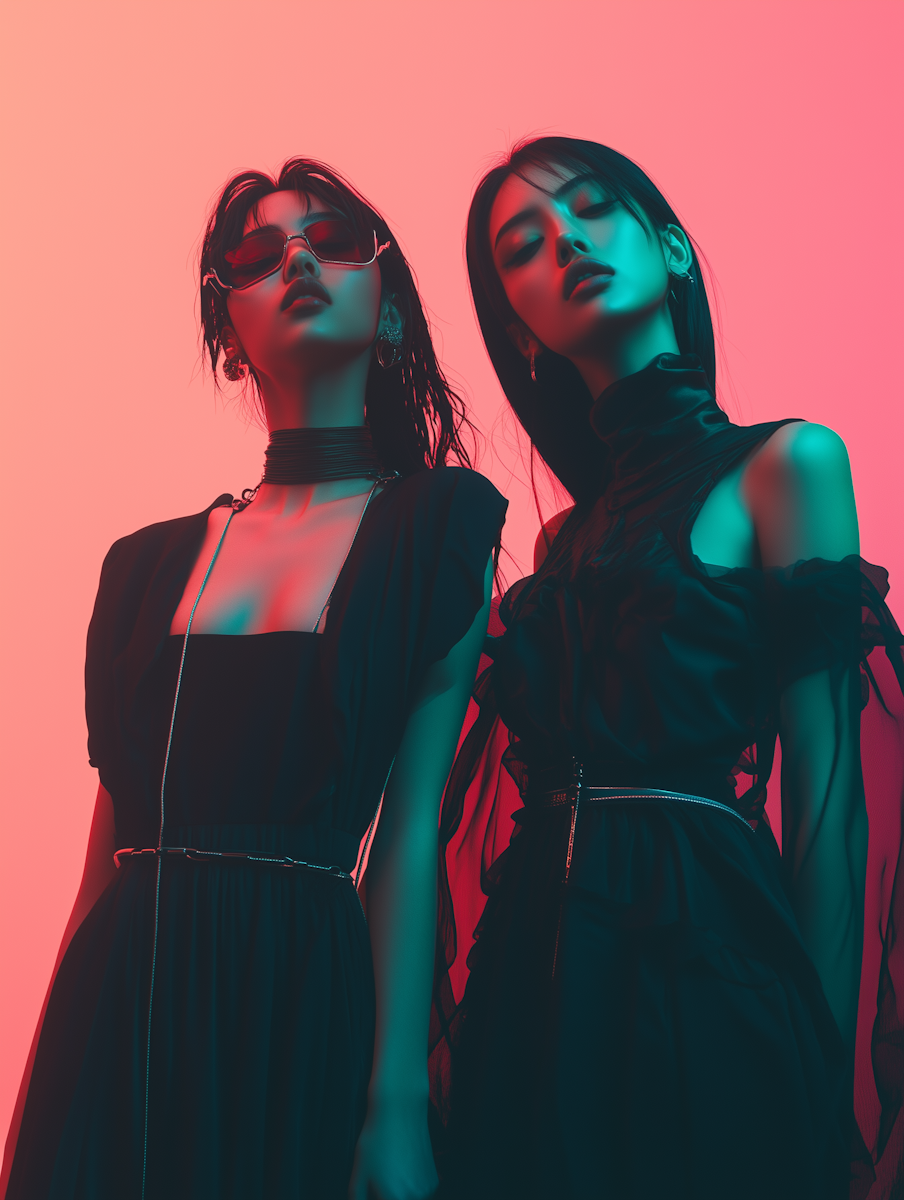Table of Contents
Colors are more than just aesthetic choices in fashion — they are powerful tools of communication. The Psychology of Fashion Colors delves into how color choices in clothing affect our moods, influence others, and even shape our self-perception. From fiery reds to calming blues, each color holds deep psychological meaning that can enhance your personal style and express your identity.
In this guide, we’ll explore how to use the Psychology of Fashion Colors to elevate your wardrobe with intention, confidence, and clarity.
Why the Psychology of Fashion Colors Matters

Fashion isn’t just about trends — it’s about storytelling. The colors we wear send subconscious messages to the people around us. Understanding the Psychology of Fashion Colors allows you to craft a wardrobe that not only flatters your appearance but also aligns with your goals, mood, and personality.
Whether you’re dressing for a job interview, a date, or a casual day out, your color choices can silently speak volumes.
What Different Fashion Colors Say About You
Here’s a breakdown of popular fashion colors and their psychological meanings:
🔴 Red – Power & Passion
Wearing red exudes energy, dominance, and sensuality. It grabs attention and boosts confidence. People often wear red when they want to feel powerful and be noticed.
🔵 Blue – Calm & Trust
Blue signals dependability, loyalty, and tranquility. It’s a go-to color in professional settings and is often seen in uniforms. In the Psychology of Fashion Colors, blue is associated with intelligence and trustworthiness.
🟢 Green – Balance & Growth

Green reflects nature, health, and renewal. It can help reduce anxiety and projects balance and freshness. Olive green is particularly versatile for minimalist wardrobes.
🟣 Purple – Creativity & Luxury
Purple combines the stability of blue and the energy of red. It’s linked to creativity, mystery, and spirituality. Fashion-wise, it’s often used in artistic and luxury brands.
⚫ Black – Elegance & Authority
Black is timeless. It denotes strength, sophistication, and formality. From the classic little black dress to tailored suits, black is a pillar in the Psychology of Fashion Colors.
⚪ White – Simplicity & Purity
White conveys cleanliness, freshness, and simplicity. It’s a blank canvas that works well in any minimalist or modern aesthetic.
How to Use the Psychology of Fashion Colors in Everyday Styling
1. Dress by Mood
Feeling down? Wear yellow or orange for a mood boost. Need confidence? Red is your best friend.
2. Color-Blocking with Purpose
Pair bold colors like red and pink for energy, or mix navy and gray for a calm, composed look. Understanding the Psychology of Fashion Colors helps you make combinations that visually resonate.
3. Layering with Neutrals
Black, gray, white, beige — these neutrals allow vibrant colors to shine without overwhelming your look.
4. Seasonal Color Swaps
Spring and summer welcome pastels and bright tones. Fall leans into earthy hues like rust, forest green, and mustard. Winter embraces deep shades like burgundy and navy.
Color Psychology and Cultural Context
Color meanings can differ by culture. In Western fashion, white often symbolizes purity, while in some Eastern cultures, it may signify mourning. Being aware of the cultural dimension adds depth to your understanding of the Psychology of Fashion Colors.
Fashion Color Trends and Emotion
Trends often mirror collective emotional needs. For example, during uncertain times, muted or comforting colors like sage green and soft beige dominate. In energetic seasons, we often see neon and vibrant hues.
Understanding these shifts through the lens of the Psychology of Fashion Colors empowers you to align your wardrobe with emotional expression and social context.
Final Thoughts
Fashion is a form of personal language — and color is its alphabet. Once you grasp the Psychology of Fashion Colors, you’ll never look at your wardrobe the same way again. Whether you’re aiming to make a bold impression or simply feel more like yourself, color can be your greatest styling asset.
FAQs
Q1: How does color impact first impressions in fashion?
A: First impressions are heavily influenced by color. For instance, red can signal confidence and attraction, while blue suggests reliability. The Psychology of Fashion Colors explains how to use these effects to your advantage in social or professional settings.
Q2: Can wearing certain colors actually change my mood?
A: Yes! Bright colors like yellow can boost happiness, while soft greens can calm anxiety. Many people use the Psychology of Fashion Colors to consciously uplift or ground their emotions through wardrobe choices.
Q3: What’s the best color to wear to a job interview?
A: Navy blue and charcoal gray are ideal because they suggest professionalism and trust. Avoid overly bright or distracting colors unless they reflect the company culture. The Psychology of Fashion Colors is key in choosing the right outfit for first impressions.
Q4: Is it okay to wear bold colors if I’m shy?
A: Absolutely! In fact, bold colors like red or orange can help boost your confidence. Start small — maybe a bold accessory — and gradually incorporate more as you get comfortable using the Psychology of Fashion Colors to reflect inner strength.
Q5: How can I find out which colors look best on me?
A: Understanding your skin tone (cool, warm, neutral) can guide you toward flattering shades. Personal color analysis and experimenting with different hues will help you build a wardrobe that aligns with the Psychology of Fashion Colors and your natural features.





